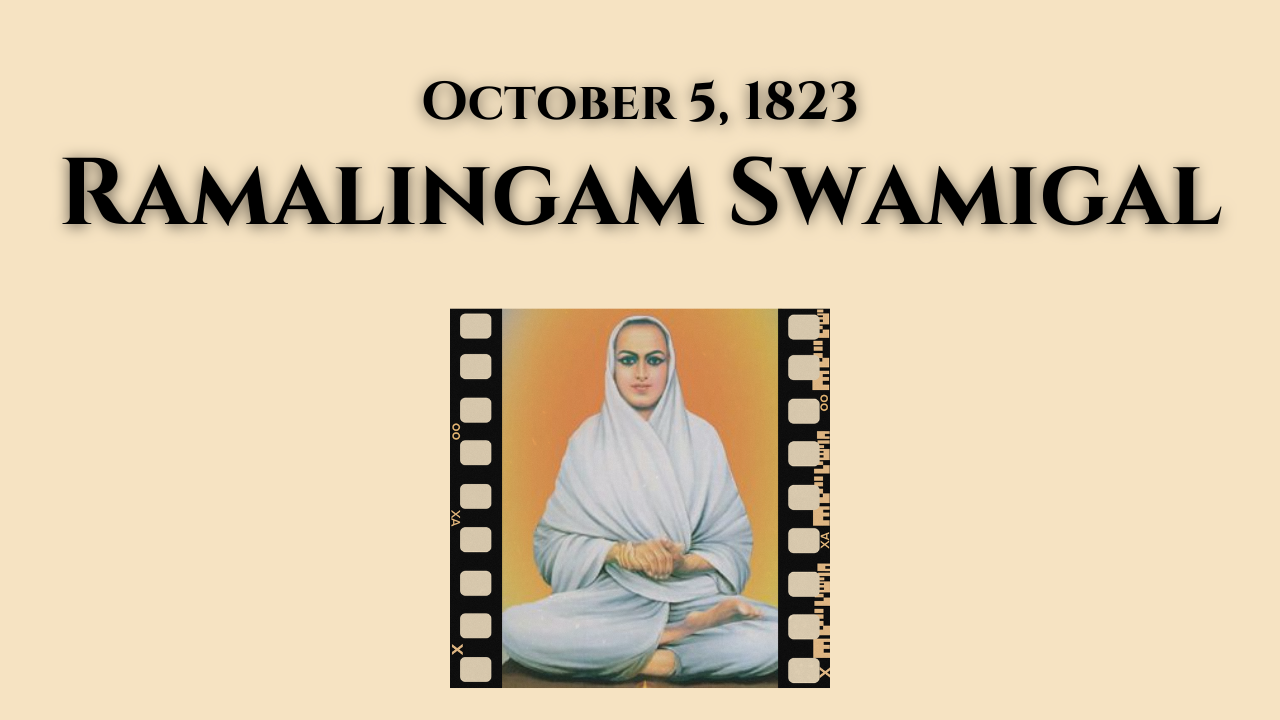Font size:
Print
Tungabhadra River
Context:
A crest gate of the Tungabhadra dam in Karnataka’s Vijayanagar district broke, raising significant concerns for downstream areas.
Tungbhadra Dam:
- Built-in 1953, the Tungabhadra Dam, also known as Pampa Sagar, is a water reservoir built across the Tungabhadra River at the Hosapete-Koppal confluence in Karnataka, India.
- This multipurpose dam supports irrigation, electricity generation, flood control, and more for the state.
- It is the largest stone masonry dam in India and one of only two non-cement dams in the country, the other being the Mullaperiyar Dam in Kerala.

Tungbhadra River:
- The Tungabhadra River is a prominent river in southern India and a significant tributary of the Krishna River.
- Its name originates from the confluence of two rivers, Tunga and Bhadra, which both begin on the eastern slopes of the Western Ghats.
- The Tunga and Bhadra rivers meet near Koodli in Shimoga district, Karnataka, forming the Tungabhadra River.
- The river flows northwest before joining the Krishna River near Sangamaleshwaram in Andhra Pradesh.
- It spans a total length of 531 kilometres and has a catchment area of 28,000 square kilometres, running through Karnataka and Andhra Pradesh.
- Major tributaries include the Varada River and the Hagari (Vedathy) River.
- Several dams and reservoirs are built along the river, including the Tunga Anicut Dam, Bhadra Dam, Hemavathy Dam, and Tungabhadra Dam.
- The river is considered sacred by Hindus and is mentioned in the Ramayana as Pampa.
- Historically, it was known as the Varada River.
- The Tungabhadra River was crucial to the Vijayanagar Empire, whose capital, Hampi, was situated on its banks.
- The famous Virupaksha temple also lies along the Tungabhadra River.
- The majority of the river’s course runs through the southern Deccan Plateau.
- The river is primarily rain-fed, with a monsoonal flow pattern and high water levels in summer.
- It flows northwest before joining the Krishna River, emptying into the Bay of Bengal.

